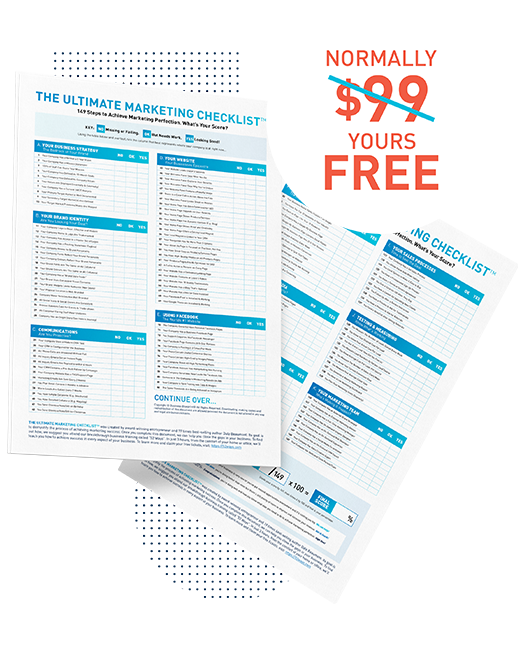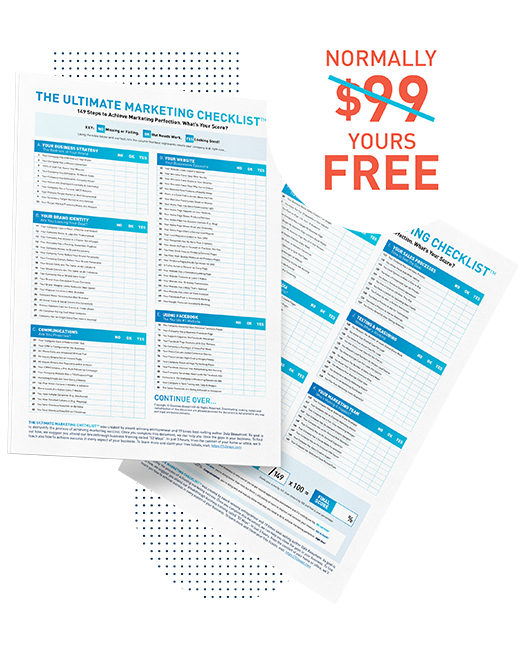We’ve all heard of the sales funnel, which is the journey your customers go on between discovering your product and becoming a buyer.
For some businesses, the sales funnel requires several points of contact with the buyer. Others are able to secure a quick sale after a single interaction.
A lead magnet is a powerful part of your sales funnel. It not only gives customers an incentive to interact with you, but it also delivers you that ultimate piece of customer information – an email address!
Basically speaking, a lead magnet is a free gift you offer people who may be interested in your product or service. This strategy is employed by businesses around the world, from children’s apps which offer a free trial to restaurants giving first-time diners a two for one voucher. The power of the lead magnet is so great that it can double or even triple your conversions.
Types of lead magnets
There are so many ways to offer lead magnets. The good news is they don’t have to be long-winded or fancy. Your lead magnet also doesn’t have to be a sales pitch. In fact, the less sales-y, the better.
Here are some examples of lead magnets:
- Free info – report / ebook / mini course / checklist / template
- Free event / webinar / seminar
- Free trial (great for subscription-based services)
- Free product
- Free quote / appraisal / review / audit/
- Free consultation
- Free checklist
- Free voucher (20 per cent off first purchase etc)
- Free template
- Free resource list
- Free calculator (for mortgage/finance-based businesses)
- Free recipe
Your lead magnet should be somehow tied to your business and should provide information without giving everything away. It should help establish credibility as an industry leader and be genuinely useful for your customer.
The great thing about a lead magnet is you only have to create it once. To get it, all your customers have to do is enter their email address.
Lead magnets: your next steps
Once you have shared a lead magnet with potential customers, your work is not over. To back up this strategy, you need to have a communication plan.
For example, a personal trainer may offer her clients a free ‘cheat sheet’ on reducing belly fat in 7 days. Once she has their email address, she can add them to her automated marketing campaign. They will receive a follow-up email with a special offer such as a discount on a full-service package. An added incentive may be delivered a week later to give that future client the nudge they need to come on board.
Your potential customer has the option to opt-out of your email sequence at any time by clicking unsubscribe. However, it is likely they are still in the market for your product or service. The regular emails are an excellent incentive to finally click ‘buy’.
Where to place your lead magnet
There are a few options for where to put your lead magnet on your website, none of which is completely set in stone as the winning strategy.
My recommendation is to put your lead magnet in more than one place. Generally speaking, it will be effective if you put it as close to the top of your site as possible after the opening line, have it somewhere around the middle of the home page and add it right down the bottom. You may decide to put it in the footer, so it shows up on every single page.
Another option can be to have your lead magnet as a pop-up box. This could appear as soon as the user starts to scroll down, or as they click to leave the page.
Some people don’t like the pop-up option as it distracts from the copy and can be a turn-off. You never know unless you try so you could always test this strategy and keep an eye on how a pop-up lead magnet affects your traffic numbers.
Once you understand what lead magnets are, discover more strategies for attracting customers by joining our award winning business program. If you want to learn how we can further help you and your business succeed, leave a comment below. Or, you can send a message to [email protected]





